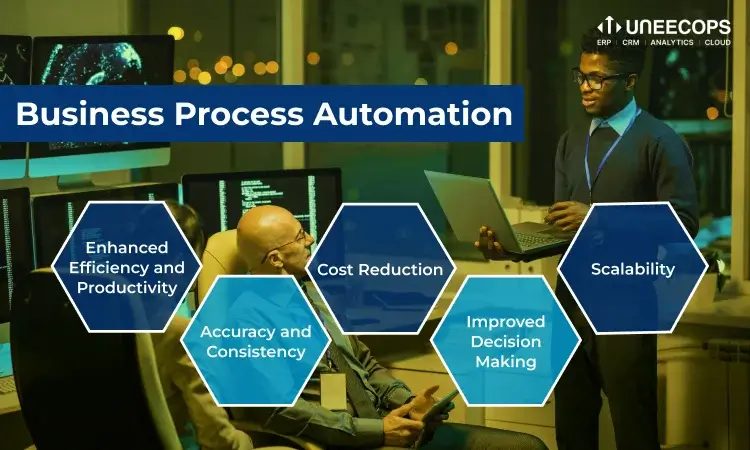The popularity of Business Intelligence is increasing by the minute. The stories and case studies of its implementation and application are taking industries by the storm. However, it still remains something being utilized by large organizations only. There’s still a lot of resistance among SMEs to start using it, thanks to many challenges it can bring for them.
However, if implemented in the right way, challenges of BI can be tackled without too much problem. Here we’ll take a look at five major challenges SMEs face when implementing BI and how to tackle them. Let’s get started!
#1. Actionable Insights From Data Don’t Come Overnight
Implementing BI is one thing; making sense of it is another. It can provide you a lot of data, but making sense of that data to drive decisions requires serious investment of time and money. You can’t start making sense of its data overnight.
#2. The Necessity of Speedy Decisions
In today’s hypercompetitive business environments CEOs can’t afford to slow down at any time. The moment they slow down, their companies may be outdone by their competitors or some bigger multinational rivals. Therefore, they can’t afford to stay too dependent on IT teams for decision making.
#3. Lack of Focus
In order to be successful it’s essential to be focused. However, if not implemented very carefully, BI can make focus a rare commodity in supply. This has become even more easier after arrival of self-service BI. Sales teams, R&D teams, Finance teams – all can have their own data and their own insights into it.
#4. Quality of Ground Teams
The current trend of self-service BI is all about putting the power of data in hands of everyone who works in the company, including people working on the ground (i.e. factories, zonal offices, field etc.) to help them take decisions. However, the problem is that teams working on ground usually don’t tend to be intelligent enough to make sense of data provided by BI tools and data sources.
#5. Budget and Funds
Last, but certainly not the least, BI is a capital-intensive affair. Budgets of most SMEs can’t afford it, so it’s not a surprise that there remains a resistance among leadership teams towards implementing BI.
Final Thoughts and Solutions
If you can get past the last challenge in our list (that of funding), there’re some things you can do to tackle the remaining challenges as well. To be precise, they’re 3 things only:
- Data visualization can help a lot in tackling the 1st, 2nd and 4th Graphics can make numbers easy to understand, so SMEs should invest in graphics and visualization rich BI software only. If needed, they should also take help of consultants without wasting a lot of time to learn how to get the max out of their BI software. For example, companies with Tableau BI software can hire Tableau consultants to get as much advice as needed about the software.
- 3rd challenge, that of focus, can be tackled by controlling the sources of data. You should clearly outline the sources from where your employees can obtain data for their decisions.
- And lastly, the 4th challenge can also be tackled by providing some training to the teams working on ground. Training sessions coupled with visual-rich BI software can help a lot in making your ground teams smarter to understand BI data.
So, if you’ve the budget, you should go ahead and utilize the power of BI for your SME. Just keep these solutions in mind and you’ll be fine.






